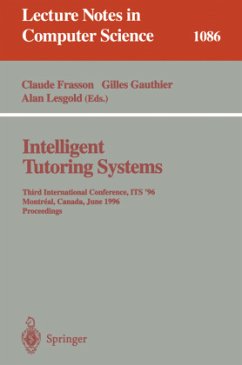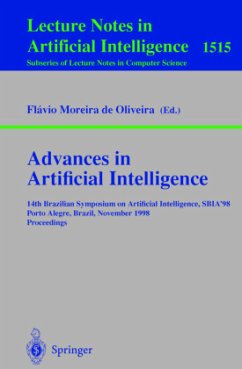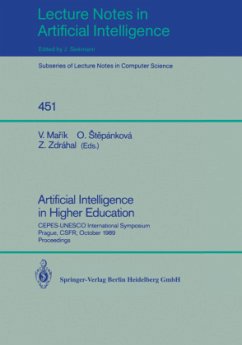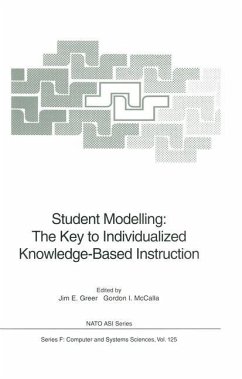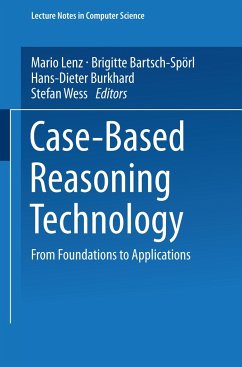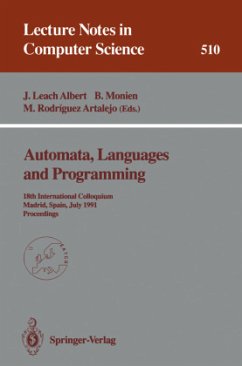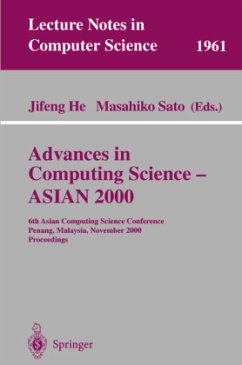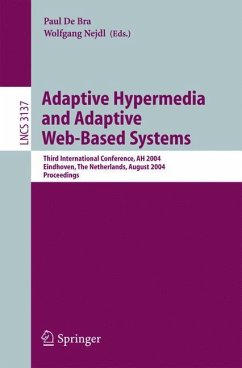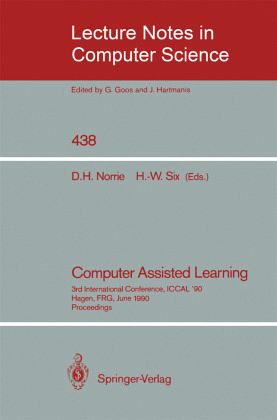
Computer Assisted Learning
3rd International Conference, ICCAL '90, Hagen, FRG, June 11-13, 1990, Proceedings
Herausgegeben: Norrie, Douglas H.; Six, Hans-Werner
Versandkostenfrei!
Versandfertig in 1-2 Wochen
39,99 €
inkl. MwSt.

PAYBACK Punkte
20 °P sammeln!
This volume contains the invited lectures and selected papers from the Third International Conference on Computer Assisted Learning. The contributions cover a wide range of theoretical and practical topics, including knowledge acquisition, intelligent computer assisted instruction, microworlds, media-based CAL, hypermedia environments and instruction, student modeling, evaluation of learning environments, simulation tools, application systems for logic, discourse, visual programming, physiology, structural frames, real time measurement, automotive maintenance, flight training, and implementati...
This volume contains the invited lectures and selected papers from the Third International Conference on Computer Assisted Learning. The contributions cover a wide range of theoretical and practical topics, including knowledge acquisition, intelligent computer assisted instruction, microworlds, media-based CAL, hypermedia environments and instruction, student modeling, evaluation of learning environments, simulation tools, application systems for logic, discourse, visual programming, physiology, structural frames, real time measurement, automotive maintenance, flight training, and implementation of CAL in distance education in various countries. For those active or interested in computer assisted learning, particularly at the post-secondary level, these proceedings provide an up-to-date and international review of important accomplishments in the area.



